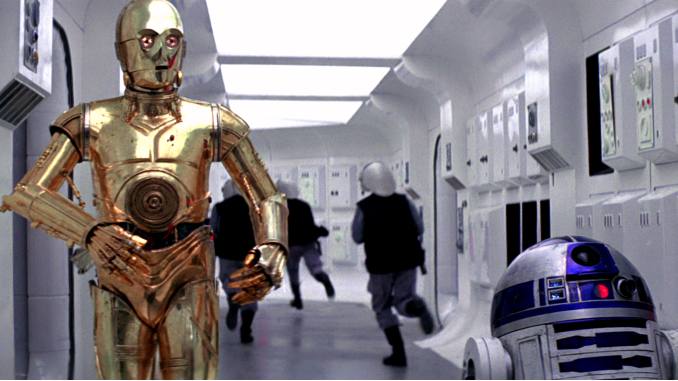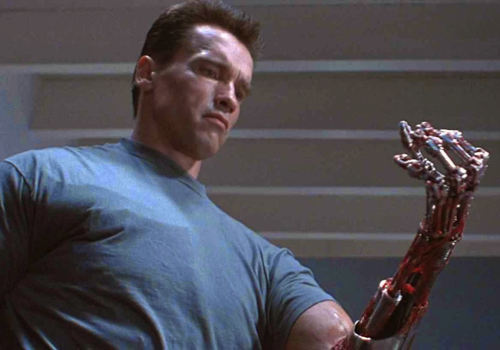The Fascinating World of Robots in Movies
The Fascinating World of Robots in Movies
Sci-fi movies and futuristic movies have revolutionized the movie industries and have taken the world by storm. Famous movies such as Star Wars and Interstellar have portrayed several concepts about robots which have always piqued my interest and have been one of the reasons why I fell in love with Robotics. From early portrayals of clunky automatons to sophisticated AI companions, robots in movies have evolved remarkably. Let's dive into the history, impact, and future of these cinematic wonders.
History of Robots in Movies
The first movie to have the concept of Robots was The Master Mystery which was a silent short film. The film's robot, "The Automaton", set the stage for many cinematic robots to come, showcasing a futuristic vision of technology. As technology advanced, so did the portrayal of robots in movies. The 1950s and 1960s saw robots in science fiction movies such as: The Day the Earth Stood Still and Lost in Space. These films often depicted robots as either menacing threats or loyal helpers, reflecting the era's interest towards technology.
Iconic Robots in Movies:
R2-D2 and C-3PO - These two robots from the Star Wars franchise are arguably the most famous robots in cinema history. R2-D2, with his beeps and C-3PO, with his constant worry and protocol expertise, have become cultural icons. Their dynamic relationship provides both comic relief and crucial assistance to the human characters which showed the vision from the directors for the movies that Robots one day would be of essential use and would have a purpose in aiding humans. T-800 - The T-800 is a cyborg from the movie Terminator, blending human tissue with a robotic endoskeleton. This design for the first time, did not look like pieces of metal, pushed the boundaries of how robots could be depicted, making them more relatable and terrifying by being nearly indistinguishable from humans. The series explores the consequences of AI development, particularly the moral and ethical dilemmas associated with creating machines that can think and act autonomously.
A very popular book and movie called "I Robot" introduced the concepts of robotics to people and introduced three laws which every robot should follow:
First law
A robot must not injure a human being or, through inaction, allow a human being to come to harm.
Second law
A robot must obey orders given it by human beings except where such orders would conflict with the First Law.
Third law
A robot must protect its own existence as long as such protection does not conflict with the First or Second Law.
The movie Terminator shows the reality of what would happen if the robots go against the laws set by humanity and what would happen if they gain control of their own minds and do not agree with humans. The movie raises a key ethical and moral question about the extent the development of robotics can go till, at what point should we stop developing robotics?
TARS and CASE - Christopher Nolan's Interstellar features two unique robots, TARS and CASE, who accompany the human astronauts on their mission to save humanity. Unlike many humanoid robots, TARS and CASE have a modular, monolithic design which shows the versatility and shows that robots aren't defined to a particular shape or function. The practical design and their ability to express humor and sarcasm through limited movement demonstrate innovative approaches to robot character design.
Technological Predictions:
Very often, movies inherently mirror their contemporary hopes and technologies and apprehensions about the future. Some movies, such as 2001: A Space Odyssey, really touched on the suspense regarding the potential and danger of AI systems related to superior, high-performing artificial intelligence characteristics packed into the entity of HAL 9000 and space travel. The realistic displays of space exploration and human/machine interaction complexities in the movie continue to inspire the scientific and movie-making worlds.
Interstellar presents a realistic depiction of future technology, including advanced robotics. The practical design of TARS and CASE, along with their multifunctional capabilities, reflects current trends in robotics research and development. The film's emphasis on cooperation and problem-solving illustrates how robots could play crucial roles in overcoming future challenges, both on Earth and in the future in Space.





Comments
Post a Comment